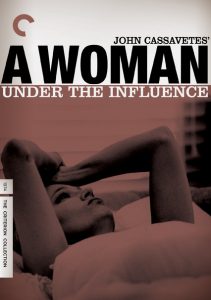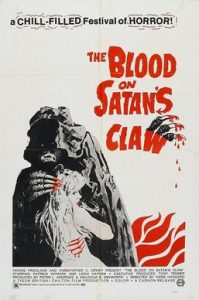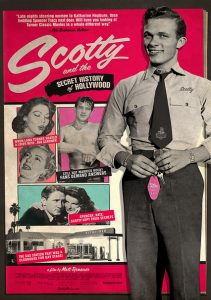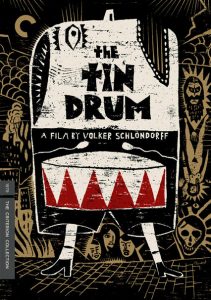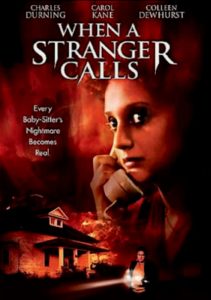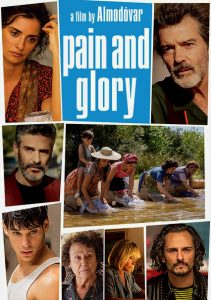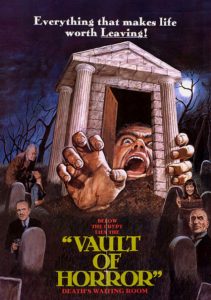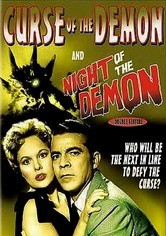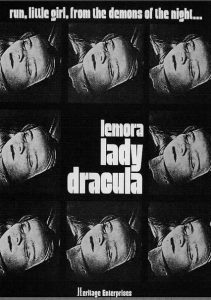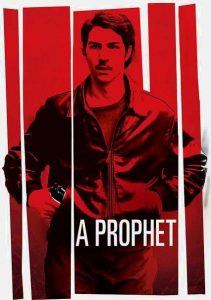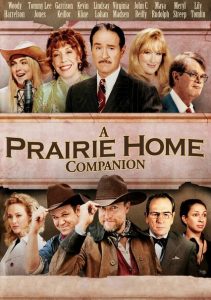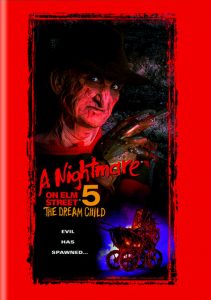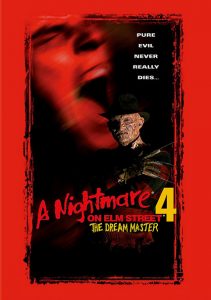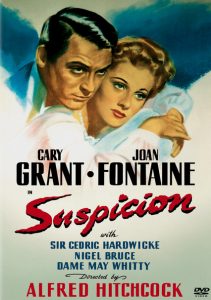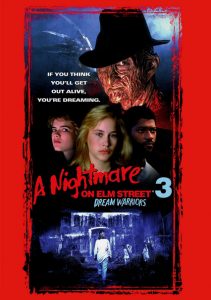A Woman Under the Influence-1974
Director John Cassavetes
Starring Gena Rowlands, Peter Falk
Scott’s Review #1,051
Reviewed August 11, 2020
Grade: A
I champion films that are not necessarily easy to digest but are well worth the struggle if the result is either a fantastic pay-off or the afterglow of watching something of worth or substance.
A Woman Under the Influence (1974) is a grueling watch for the ferocious intensity alone that Gena Rowlands infuses into her emotionally challenged title character.
Rowlands and director/writer/husband John Cassavetes changed the face of independent film forever with this project.
Critical film darling and fantastic director Cassavetes specifically wrote the screenplay of A Woman Under the Influence for Rowlands who wanted to play the character but could not take the strain of playing her eight days a week on stage as originally envisioned.
Thus, the project was birthed using their own money to finance the making of it. Co-star Peter Falk also contributed financially.
Each served as a makeup artist, or gofer, or performed other non-actor or non-director tasks to achieve the results.
A real house was used to film in rather than on a studio set.
The film was rebuffed by distributors and Cassavetes begged to have it shown at college campuses where he would discuss the film afterward. It was the first time in the history of motion pictures that an independent film was distributed without the use of a nationwide system of sub-distributors.
This is the main reason that Cassavetes is heralded as an independent film god and has a category named after him at the annual Independent Spirit Film Awards.
Rowlands parts mountains to make this role her own and she is passionate about it.
Originally only seeing the legendary actress in one film, the gritty Gloria (1980), I kept a notion of her as the impatient, tough-as-nails, mobster girlfriend that she played in that excellent film (also directed by Cassavetes).
In A Woman Under the Influence, made six years before Gloria, she plays a much more vulnerable, to say nothing of unhinged, character. This is not to say that Mabel is crazy in a psychotic sort of way. She is loving and adores her husband, Nick (Falk), and kids Margaret and Angelo.
Rowlands puts her versatility on display.
In her desperate attempts to keep her family happy, she tries to put on a brave front as she dutifully cooks dinner, puts her kids to bed, and kisses her husband.
Inside though she is dying and unsure what is wrong with her. She knows she is unhappy and doesn’t know why. What she does know is that she is slowly going insane.
At the risk of making A Woman Under the Influence Rowland’s film as the title implies, it’s not. Falk does not merely serve as a supporting player to her story but blossoms with one of his own.
The story could have easily been told only from Mabel’s perspective, but we see such a range of emotions from Falk as his character tries desperately to keep it together.
This is great acting.
Nick thinks that inviting friends over to celebrate Mabel’s return home from the hospital is a good idea, and realizing it’s not, angrily sends them home. His emotions spiral as much as hers do but differently.
The best scenes are the most emotionally taxing for all.
When Mabel talks gibberish at a speed of a mile a minute, Nick tries to be patient but soon explodes with anger, sympathetic to his wife but also exhausted beyond belief. When Mabel and Nick spar fireworks explode.
In pure Cassavetes’s genius, there lies no solution to Mabel’s woes and we wonder what will happen to her. Will she eventually be institutionalized for life? Will she take her own life or someone else’s life?
The vagueness is its beauty.
A Woman Under the Influence (1974) is one of the most realistic films ever made to focus on mental illness difficultly and truthfully.
To add boldness to the tough subject matter, especially given the time-period made when we now know more about the disease, Cassavetes, and Rowlands add a feminist quality to the film while also showcasing the male point of view.
1970’s cinema oozed with creativity, richness, and experimentation. True artists emerged, who have created an important legacy in small-budgeted films forever.
Oscar Nominations: Best Director-John Cassavetes, Best Actress-Gena Rowlands
